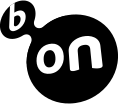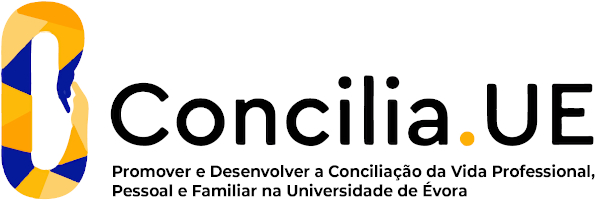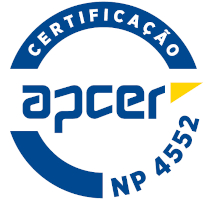2025
French II
Name: French II
Code: LLT13839L
3 ECTS
Duration: 15 weeks/78 hours
Scientific Area:
Linguistics
Teaching languages: Portuguese, French
Languages of tutoring support: Portuguese, French
Regime de Frequência: Presencial
Presentation
The French II unit allows an initial learning (A2) of the language to be applied in a context of service provision in Tourism.
Sustainable Development Goals
Learning Goals
CEFR Level: A2
Objectives: To understand phrases and expressions related to immediate priorities;
communicate in simple tasks, simply describe his education, the surroundings and refer immediate needs.
Skills:
Oral: Describe simply a person, living conditions, work, everyday life, (dis)likes, etc. .
Writing: Write simple sentences connected by simple connectors.
Listening comprehension: Understand sentences related to immediate priorities, in an articulated speech.
Reading comprehension: Understand simple texts on familiar topics in a frequent or work-related language.
Spoken interaction: Interact with reasonable ease in structured situations and short conversations, ask and answer questions, share information about family matters.
Written interaction: Write simple notes.
Vocabulary: Enough vocabulary to conduct day-t -day transactions.
Grammar: Uses simple structures, but with elementary errors.
Objectives: To understand phrases and expressions related to immediate priorities;
communicate in simple tasks, simply describe his education, the surroundings and refer immediate needs.
Skills:
Oral: Describe simply a person, living conditions, work, everyday life, (dis)likes, etc. .
Writing: Write simple sentences connected by simple connectors.
Listening comprehension: Understand sentences related to immediate priorities, in an articulated speech.
Reading comprehension: Understand simple texts on familiar topics in a frequent or work-related language.
Spoken interaction: Interact with reasonable ease in structured situations and short conversations, ask and answer questions, share information about family matters.
Written interaction: Write simple notes.
Vocabulary: Enough vocabulary to conduct day-t -day transactions.
Grammar: Uses simple structures, but with elementary errors.
Contents
- Affirmative, negative and interrogative sentences,
- The adverbs,
- Express an order/desire,
- The direct and indirect pronouns.
- From the simple to the complex sentence ( the simple relative pronouns)
- The adverbs,
- Express an order/desire,
- The direct and indirect pronouns.
- From the simple to the complex sentence ( the simple relative pronouns)
Teaching Methods
According to the descriptors established for the level A1 in the CEFR for Languages of the Council of Europe, the methodology adopted will focus on the acquisition and development of oral and written skills (production, reception and interaction), grammar practice and vocabulary enhancement:
(1) direct exposure to authentic use of language (through videos, written texts, Internet, CD-ROM, among others);
(2) direct participation in communicative interaction;
(3) presentations, explanations, exercises/exploitation activities;
(4) translation (native language/foreign language/native language)
(5) individual, pair and group working;
(6) contribution to formal and informal discussions;
(7) guided study;
(8) autodidactically, by self-study.
Students may choose between two modes of assessment: (1) continuous or (2) exam.
(1) Continuous assessment: a. Written quiz (35%); b. Oral quiz (25%); c. Assignments in and at home (40%).
(2) Exam: a. Written exam (60%); b. Oral exam (40%).
(1) direct exposure to authentic use of language (through videos, written texts, Internet, CD-ROM, among others);
(2) direct participation in communicative interaction;
(3) presentations, explanations, exercises/exploitation activities;
(4) translation (native language/foreign language/native language)
(5) individual, pair and group working;
(6) contribution to formal and informal discussions;
(7) guided study;
(8) autodidactically, by self-study.
Students may choose between two modes of assessment: (1) continuous or (2) exam.
(1) Continuous assessment: a. Written quiz (35%); b. Oral quiz (25%); c. Assignments in and at home (40%).
(2) Exam: a. Written exam (60%); b. Oral exam (40%).
Teaching Staff
- Chantal Marie Jodlle Louchet
- Fernando dos Santos Gomes [responsible]





















